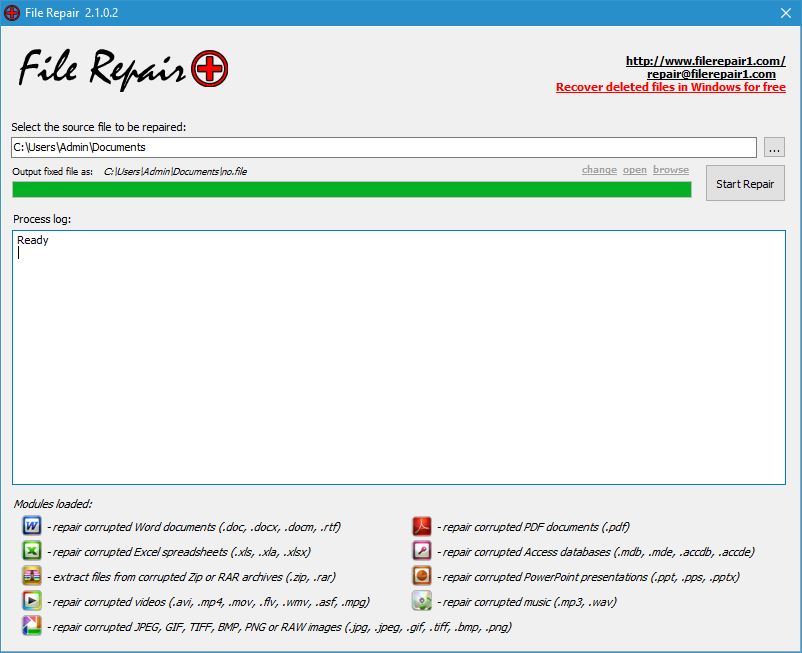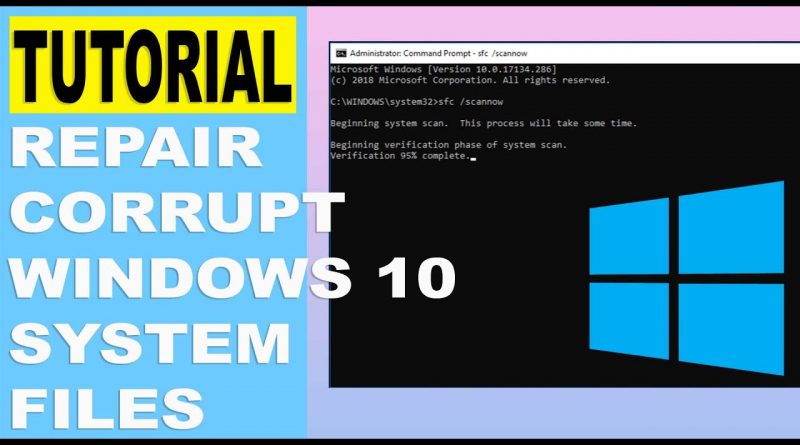

Only do this if you’re comfortable handling PC hardware. There are multiple ways to do this, and one of them involves tampering with your computer’s hardware.

You may need to change the boot order in this case. Create a bootable USB drive and use that to boot your PC.Ensure that the drive containing Windows is placed first. values of your drive and determine its health. Boot up that computer, download CrystalDiskInfo, and check the S.M.A.R.T. Disconnect your drive and connect it to another PC.If it doesn’t, your PC hasn’t passed the BIOS phase while booting. Disconnect all external peripherals from your PC and boot it up.Boot up your PC and check if Windows boots up normally. Ensure that the cable is firmly slotted in. Reconnect the hard drive to the motherboard.If Windows boots normally, it may be time to replace your laptop’s battery. If you’re using a laptop with a removable battery, unseat the battery, connect the charger and switch on the laptop.If the corresponding indicator lights don’t turn on, the issue likely lies with other hardware on your computer. Press Num lock or Caps lock when your PC is booting.To effectively diagnose what’s causing Windows not to boot, here are some things you can do: Press CTRL + ALT + Delete to restart your computer. The Boot Configuration Data (BCD) for your PC is missing or contains errors.When Windows is unable to boot, you’ll typically get a black screen with only the cursor visible, or one of the following error messages: There are numerous reasons why Windows is not booting, and many of them don’t have anything to do with the health of your hard drive. How to back up data without booting into Windows 10?īefore proceeding to fix and get files off a hard drive when Windows won’t boot, you need to determine where the problem lies.How to wipe a hard drive on a computer that won’t boot?.How to recover data from an SSD that won’t boot?.How to Recover Files from a Hard Drive After Fixing It.Fix 12: Use Diskpart to Assign a Drive Letter to the UEFI Partition.



 0 kommentar(er)
0 kommentar(er)
